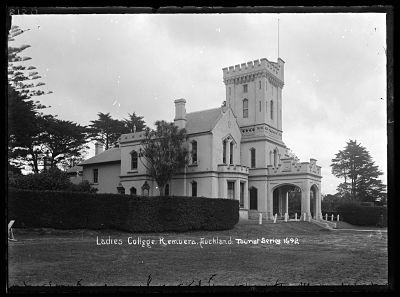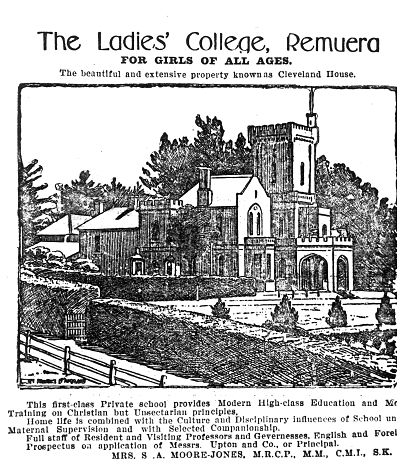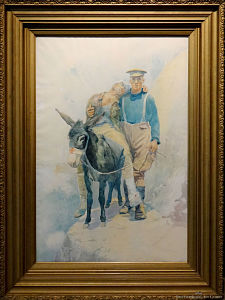While these subjects do not seem very different, the lessons themselves and the curriculum as a whole, was. Given that young ladies of the time were not expected to be academically clever, the academic subjects such as, science and mathematics, were of less importance. Language, Art and Music were subjects of greater importance. In these areas, Mrs Moore-Jones attempted to obtain the best tuition possible. For instance, one of the art teachers was the well-known Gallipoli painter, Horace Moore-Jones.
In the area of music, students were given the opportunity to learn a number of instruments and there was a school orchestra, which they could join. Tests and exams, as we know them, did not exist. Students were given the opportunity to sit public exams, but it was not an important aspect of the college and not something Mrs Moore-Jones particularly valued. Education at the college appears to have focused on the development of personal qualities, rather than academic ability.
Mrs Jones was brought up in mid-Victorian society and in keeping with this, she educated and trained the girls to become, refined young ladies with the ability to walk and stand well, curtsy gracefully, behave with correct social etiquette and decorum, maintain modesty and show respect.


